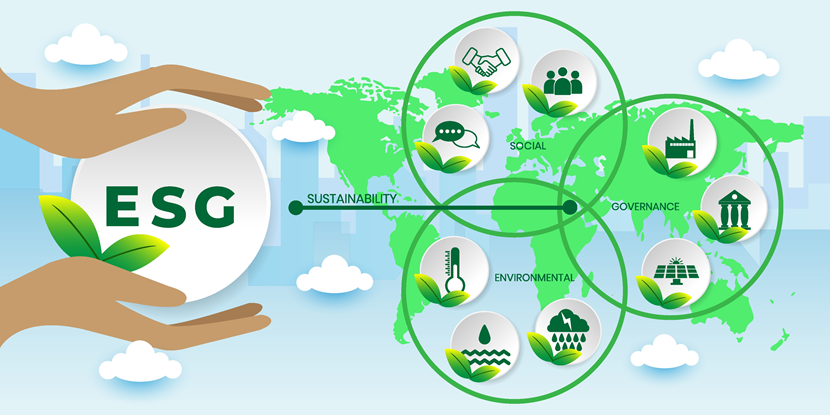Analyzing two different ESG drivers: Investor preferences and sustainability ratings
May. 13, 2022
According to the UN Principles for Responsible Investment more than a third of the world’s investments are currently bound up in ESG related assets. The tools to advance sustainable investment within the broader Environment, Social and Governance (ESG) framework are many, but despite the recent rush to invest, an increasing number of critics suggest that the ESG concept is flawed, both with regard to achieving the promised planetary and social relief, and when it comes to delivering alpha returns to investors.

The challenge facing investors is a significant lack of transparency and standardisation regarding the underlying ESG criteria
As part of a broader global effort to colour in the ESG investment map with more detail, Mariassunta Giannetti, Professor of Finance at the Stockholm School of Economics, joined forces with research partners Nickolay Gantchev at the University of Warwick and Rachel Li, University of Alabama, to put the spotlight on two different ESG investment drivers, namely market discipline and sustainability ratings respectively in two new studies.
The first study Does Money Talk? Market Discipline through Sell-offs and Boycotts proves that while shareholders, even small ones, can play a powerful role in putting pressure on companies to advance their ESG policies through market discipline, especially in countries where the culture and regulatory conditions support responsible investment, it still suggests that a more standardized regulation will likely be needed in order to effectively accelerate and advance material ESG impact.
The second study Sustainability or Performance? Ratings and Fund Managers’ Incentives, analyzed the short and longer term performance of Morningstar's sustainability rating, the Globe Rating, introduced in 2010. The study shows how and why the Globe Rating, which was offered to investors in parallel with Morningstar’s original performance rating, the Star Rating, over time became undermined, effectively rendering the sustainability rating unfit for purpose.
Learn more about the studies and their findings in a more detailed article here.
